Description
Bustamite has a hardness of 5½ – 6½ and a specific gravity of 3.32 – 3.43. After it’s discovery in New Jersey, it’s since been found in a recorded 116 known localities on most continents, typically near metamorphosed manganese ores and skarns. It’s often misidentified as rhodonite, pyroxmangite, and johannsenite, as the first rock to be named Bustamite turned out to be a mixture of those minerals. “Originally named in 1826 by Alexandre Brongniart in honor of Mexican mineralogist Miguel Bustamante y Septiem, see https://www.mindat.org/mesg-617196.html for further discussion… name re-used in 1922 by Esper Signius Larsen, Jr. and Earl Victor Shannon for a new mineral somewhat chemically similar to the original material,” according to Mindat.
According to Wikipedia, “Bustamite is a calcium manganese inosilicate (chain silicate) and a member of the wollastonite group. Magnesium, zinc and iron are common impurities substituting for manganese. Bustamite is the high-temperature polymorph of CaMn²⁺(Si₂O₆) and johannsenite is the low temperature polymorph.”
It doesn’t seem as though there are any reports that this is a common or prized gem, nor that this is a common calcium, manganese, magnesium, iron, or zinc ore, so it’s not apparent that there’s a significant value to this mineral, but this would still make for a good sample of those elements for collectors, and if you’re now out on a hike and see this rock, you’ll know you’re looking at Bustamite!

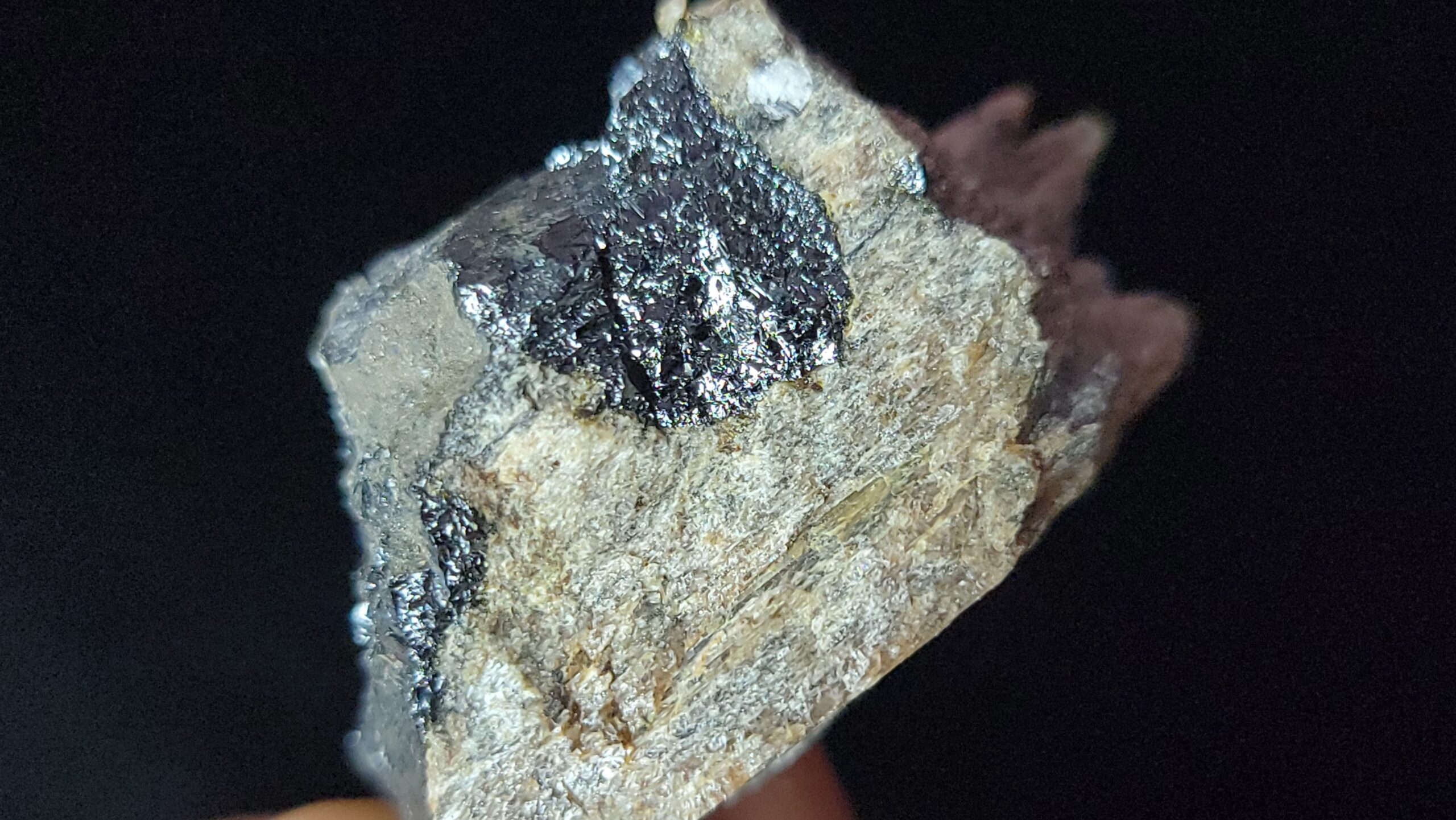
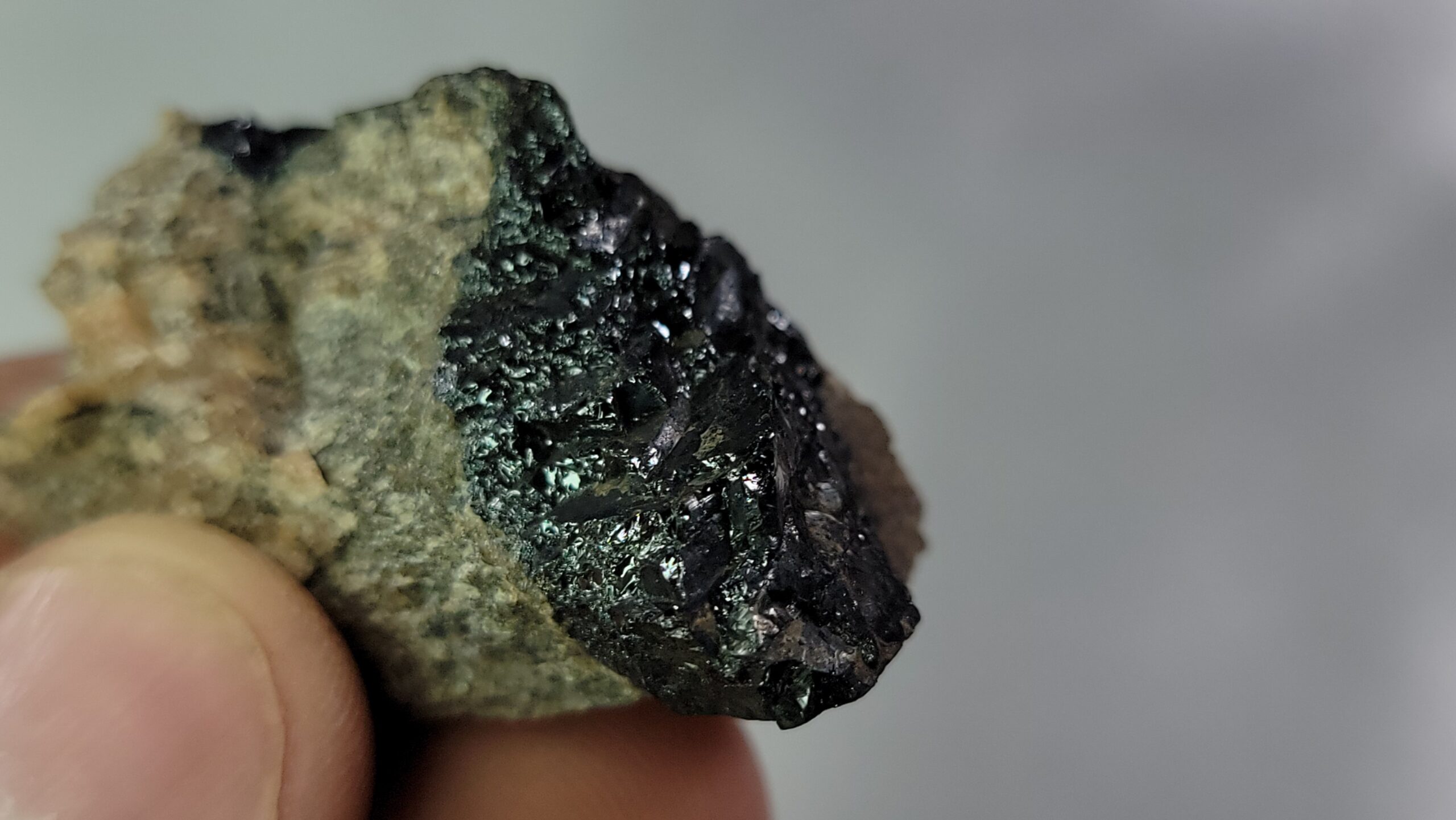


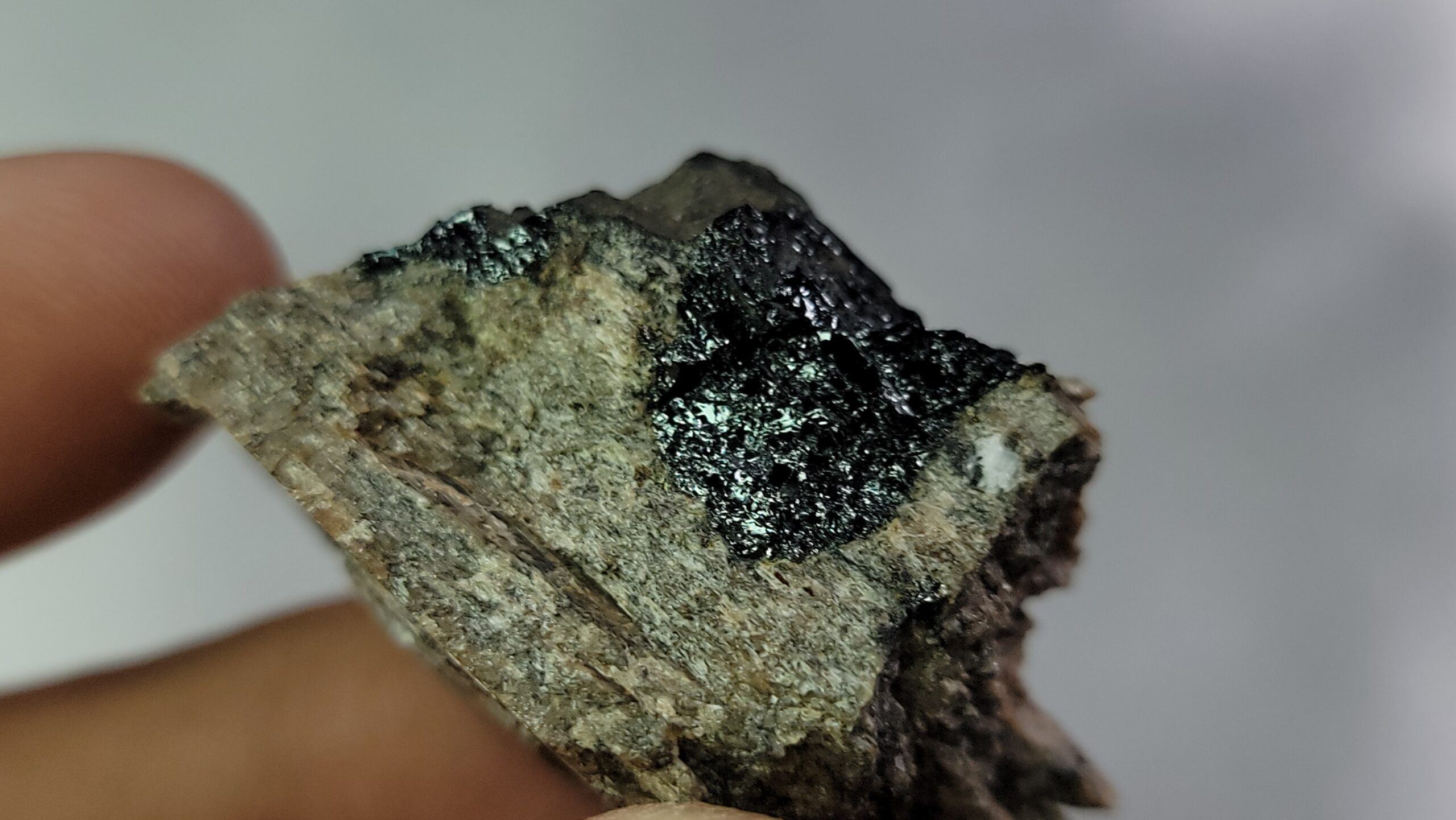
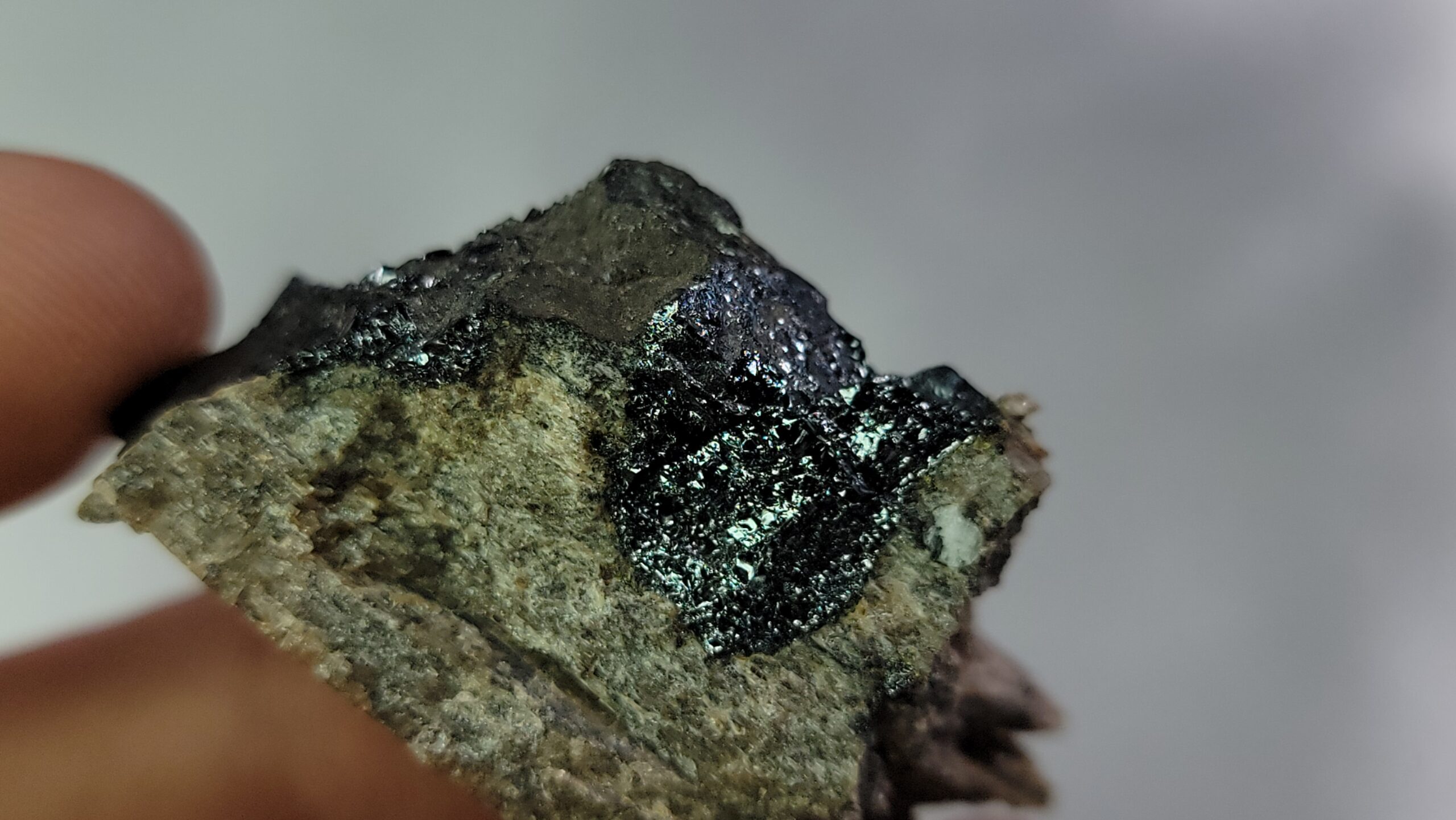
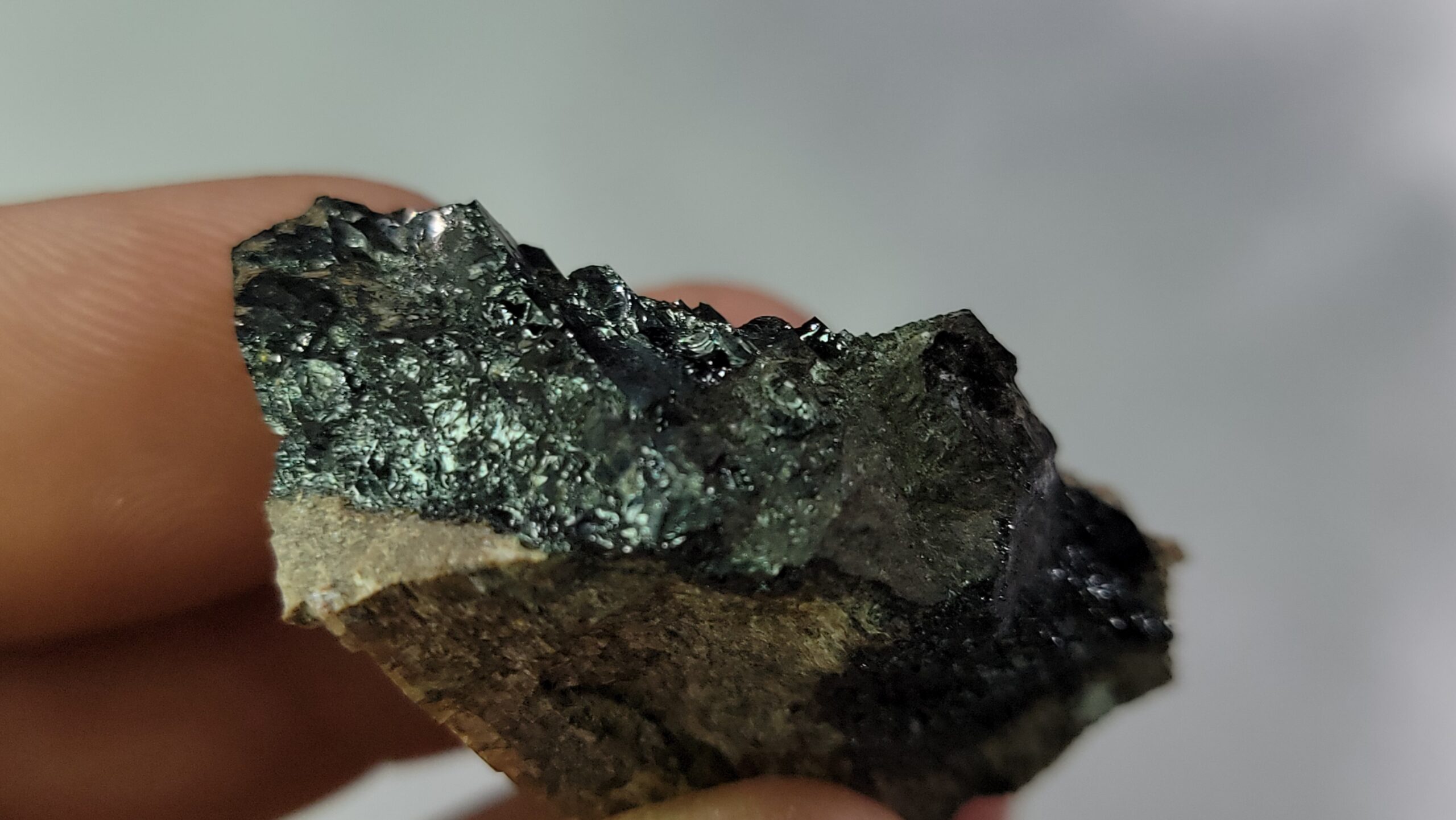


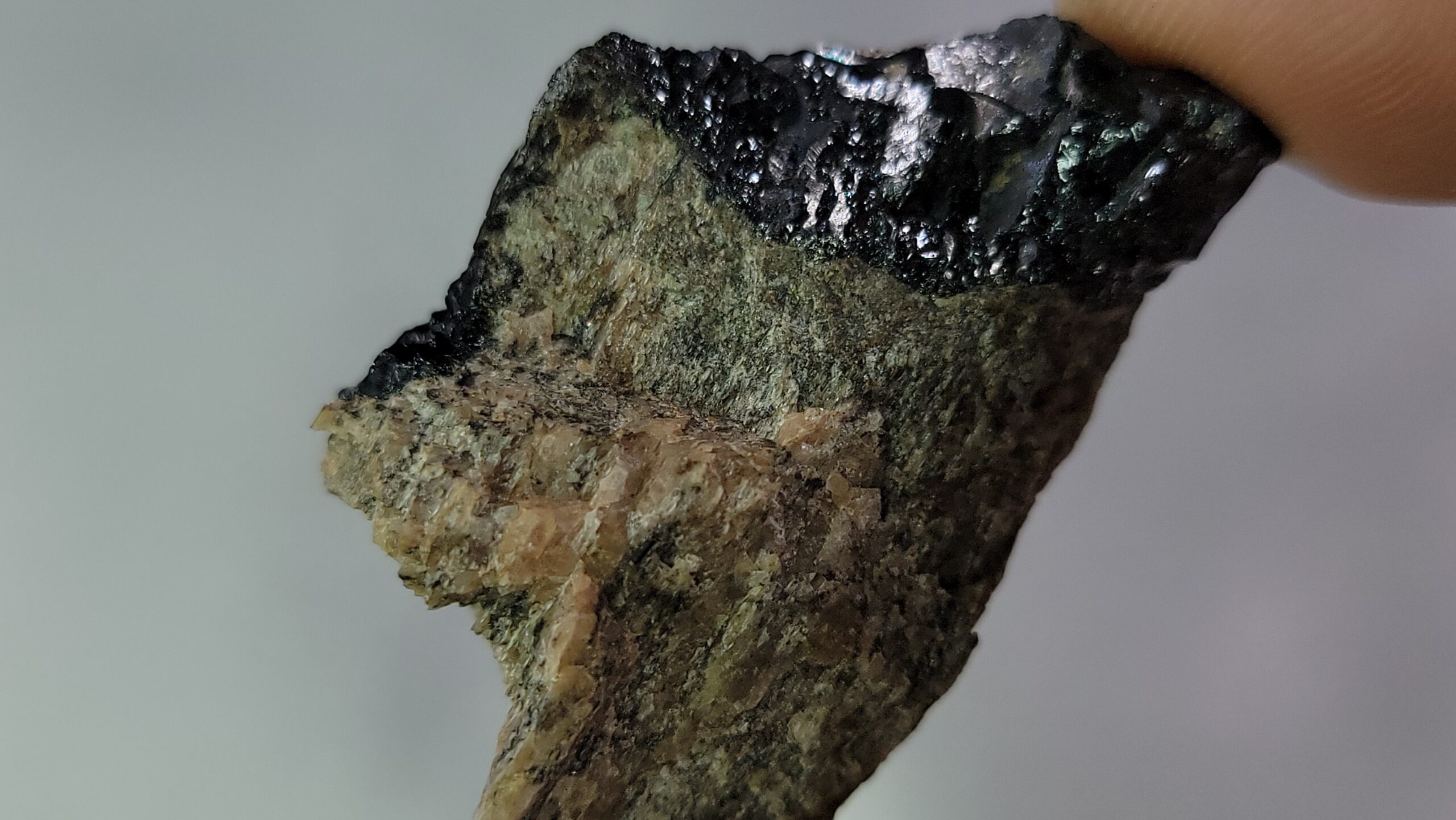
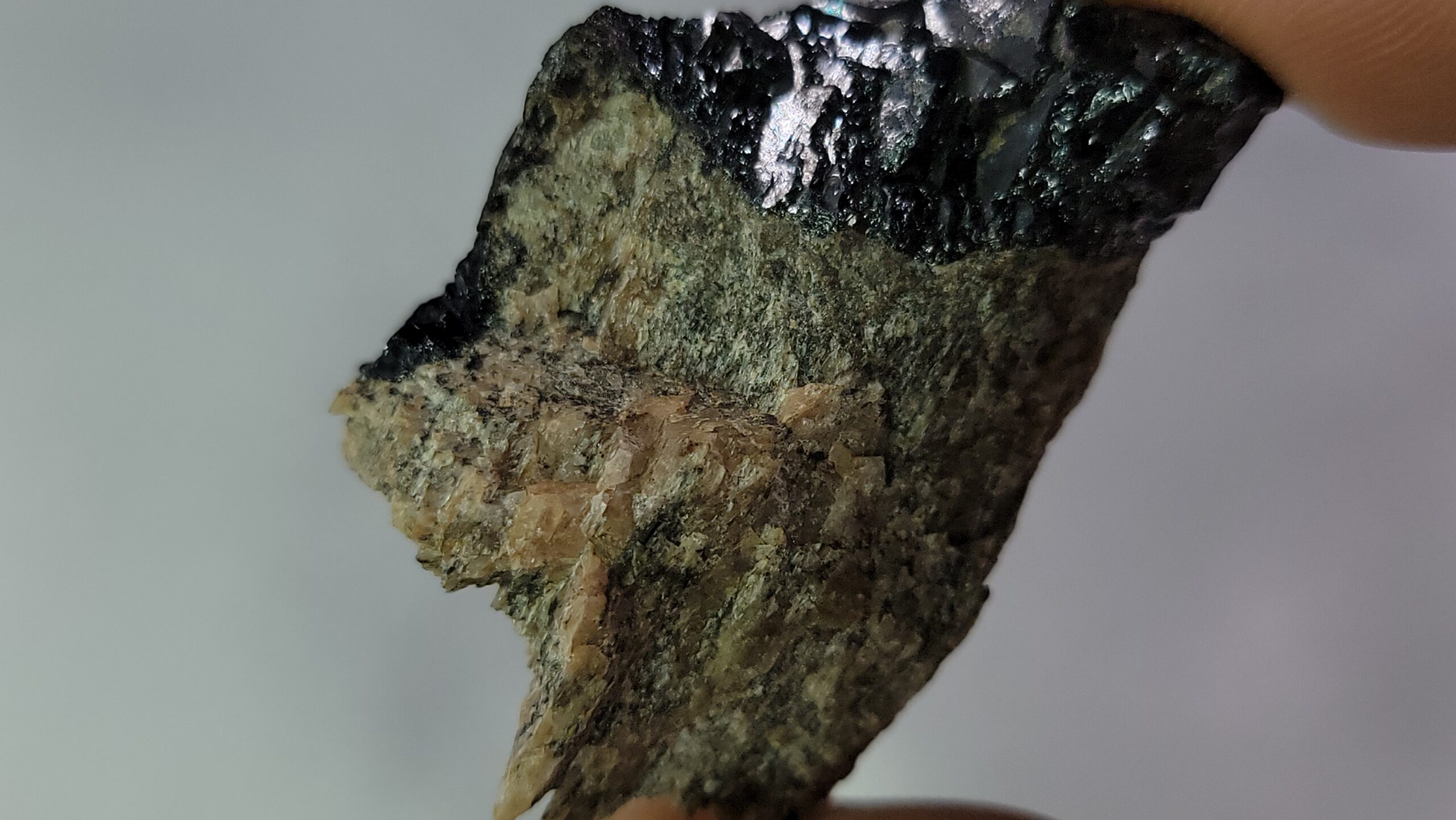

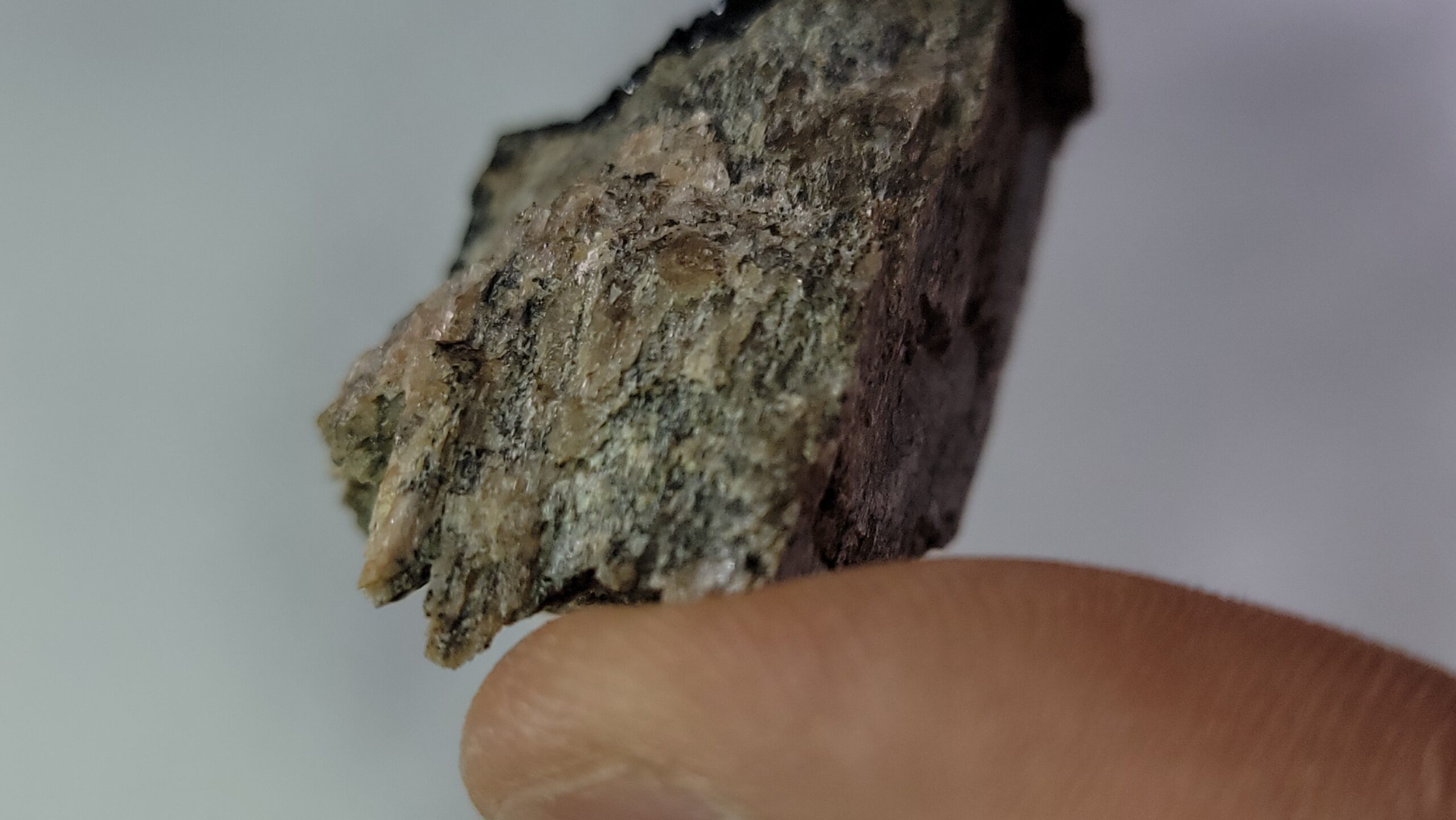
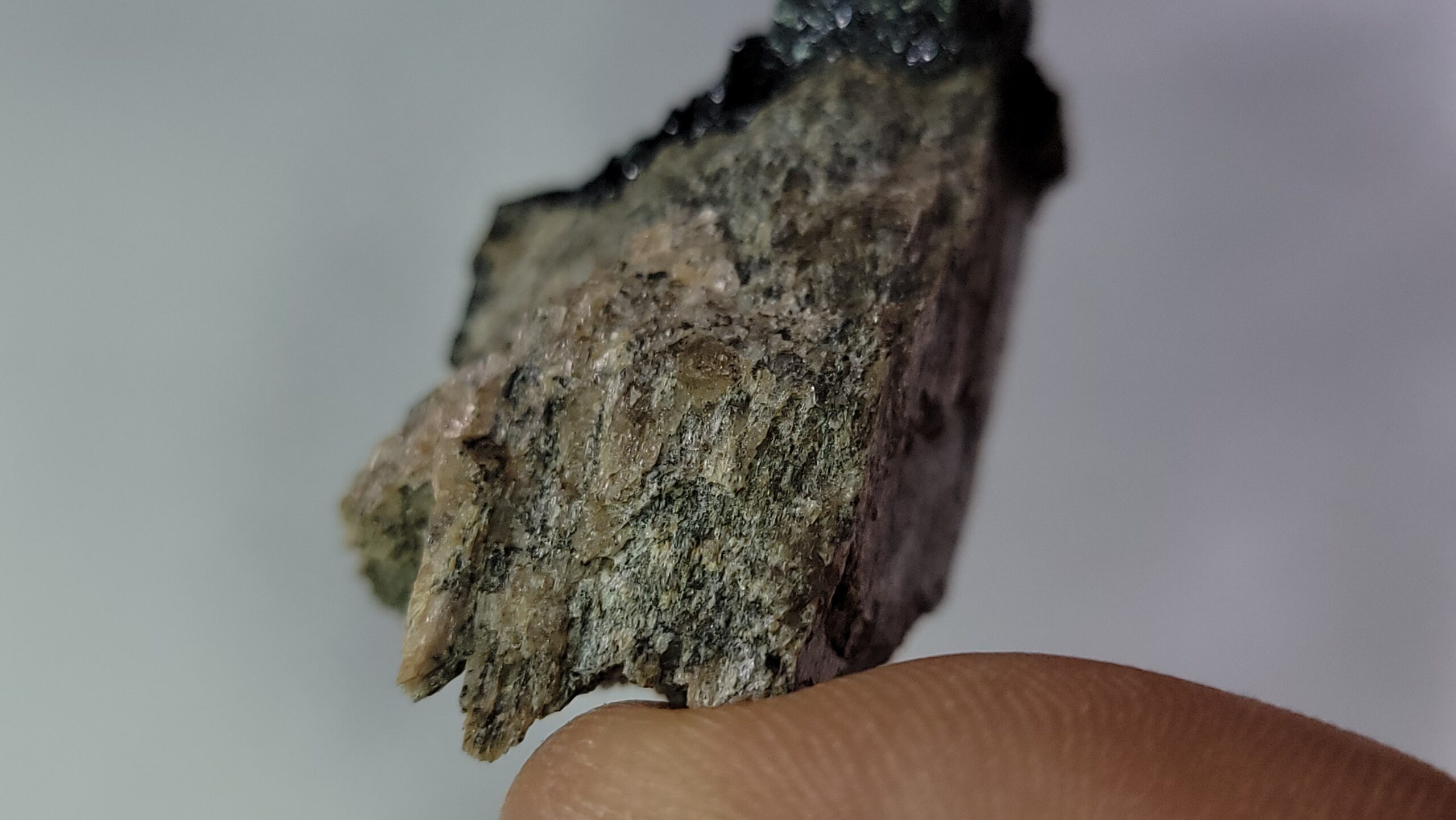

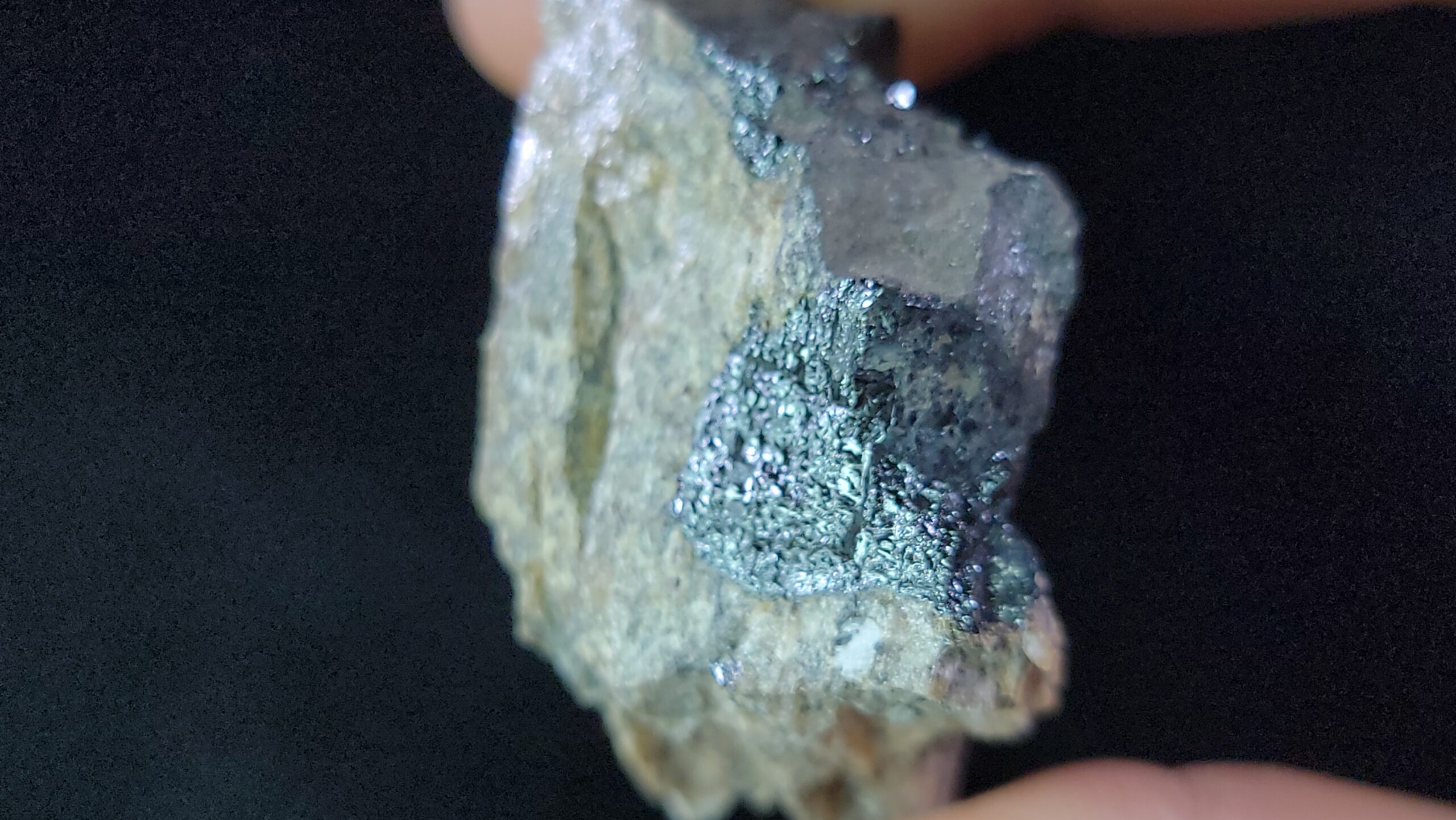
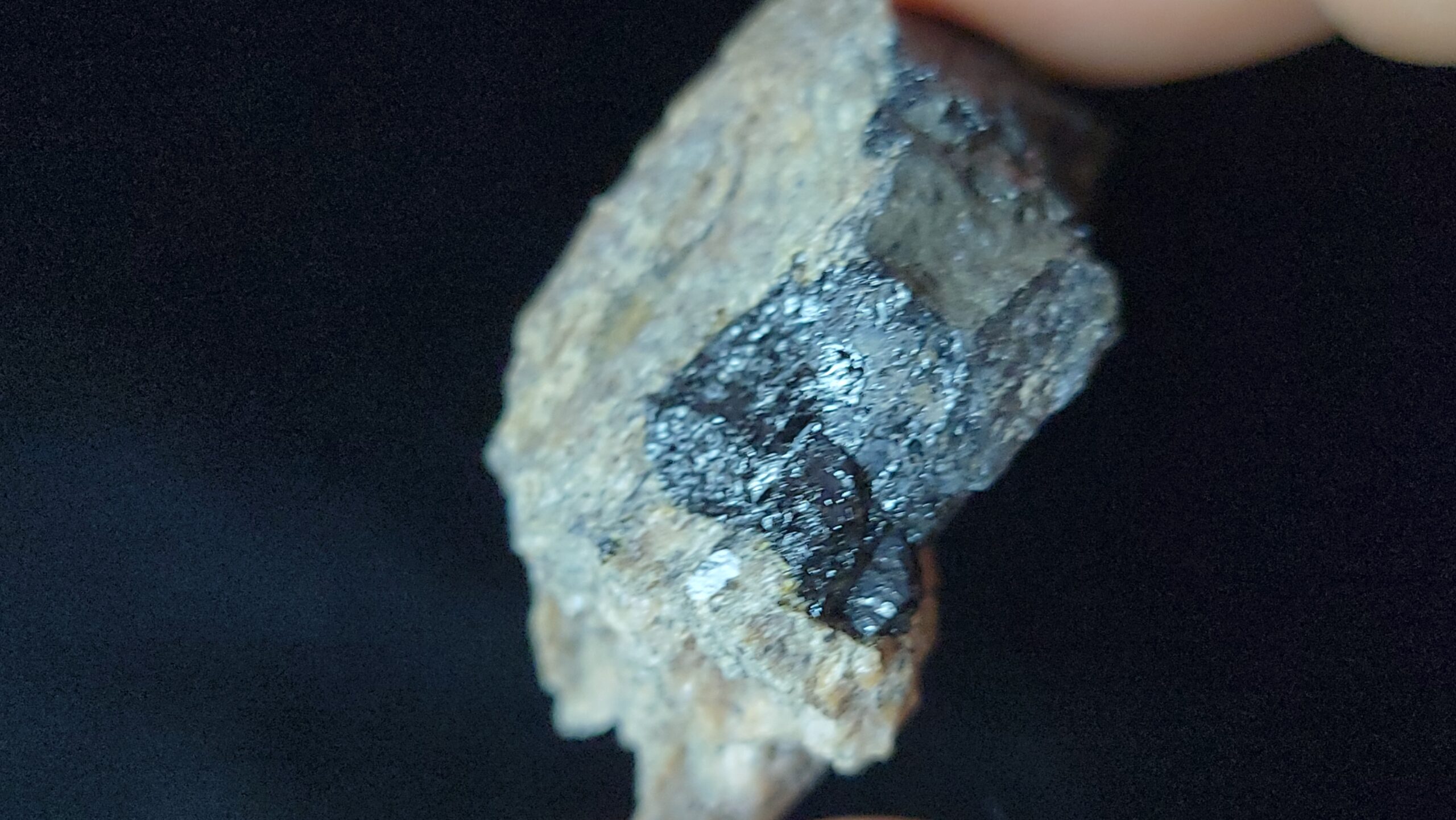



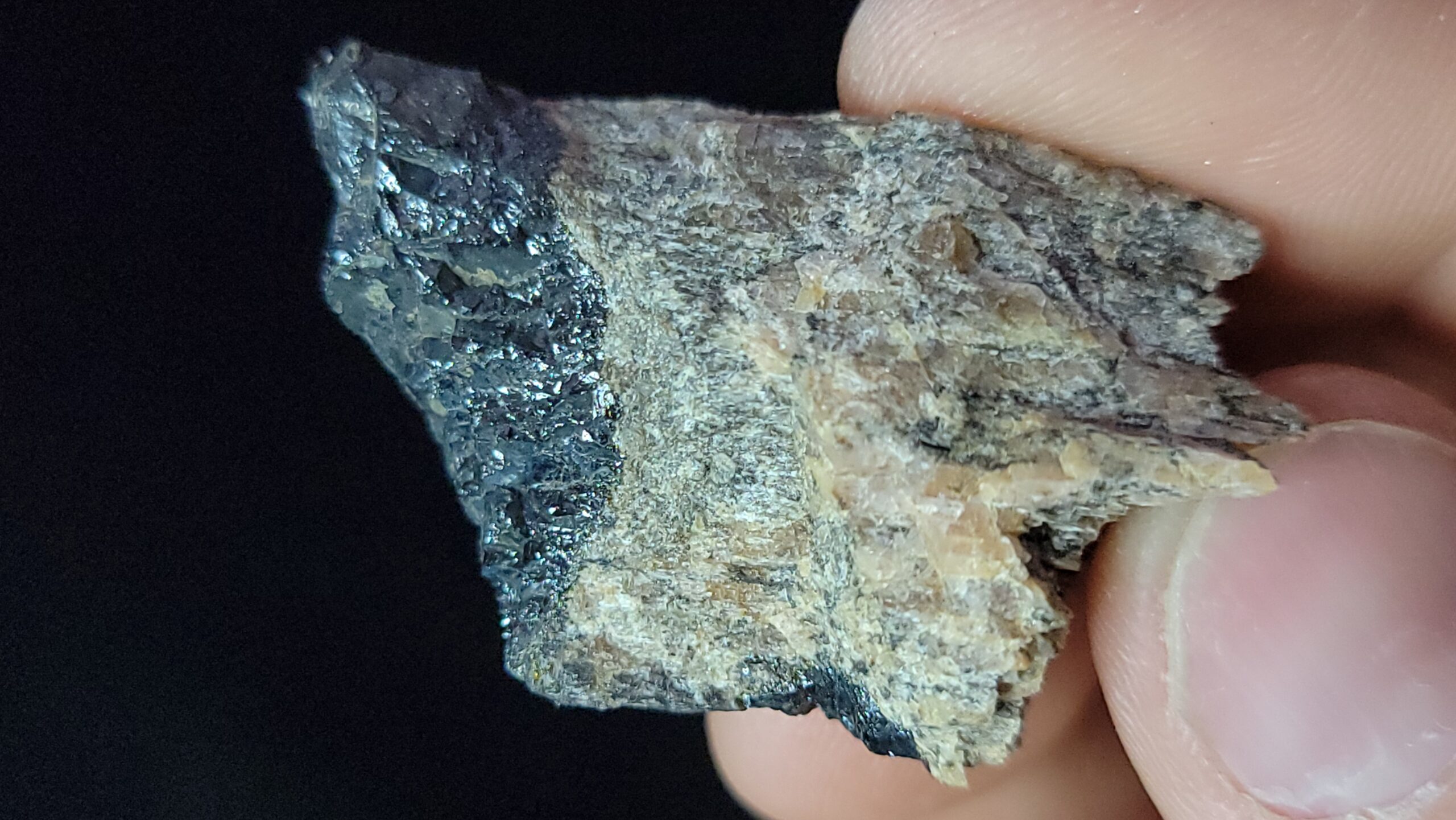





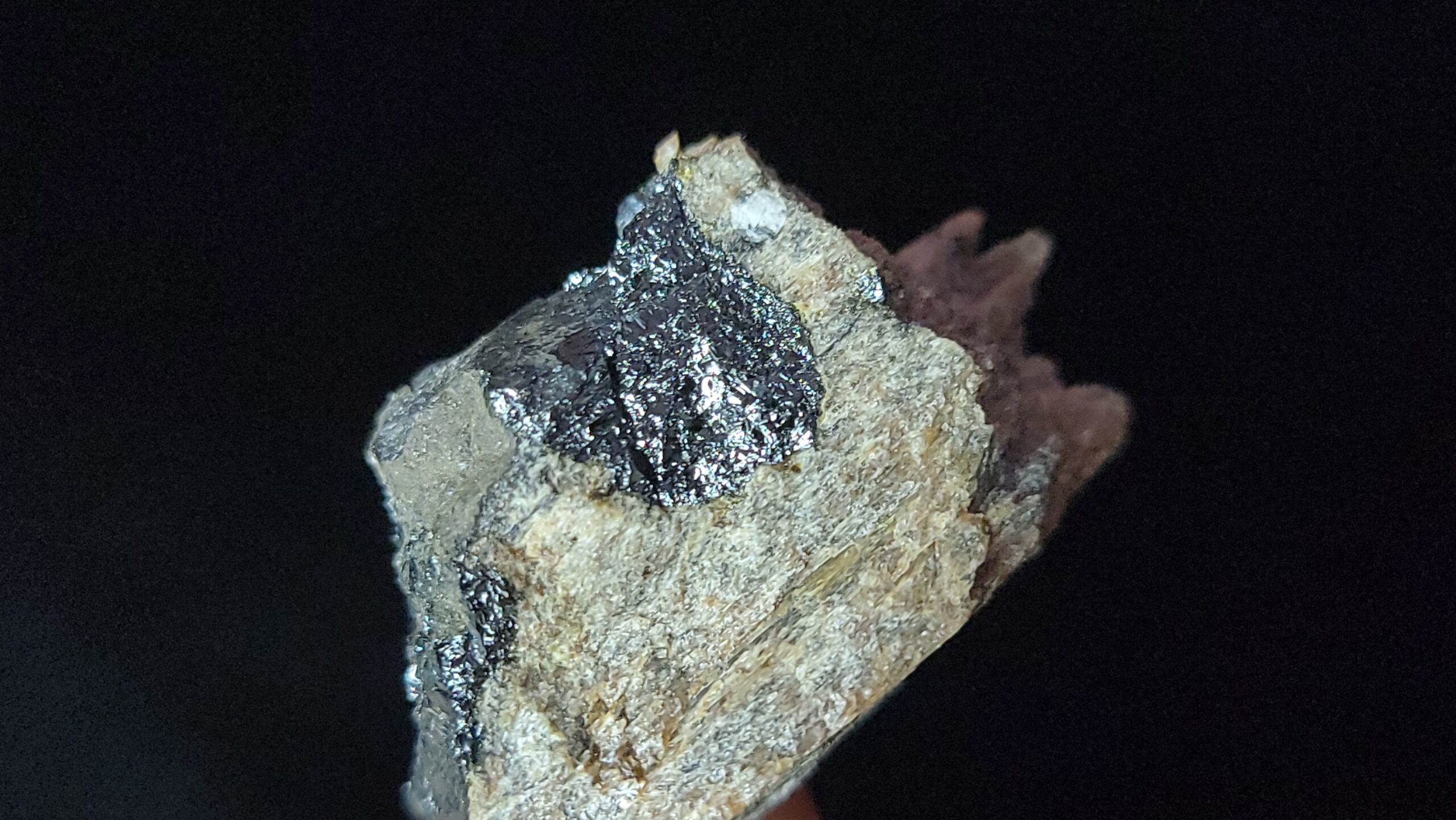





Reviews
There are no reviews yet.